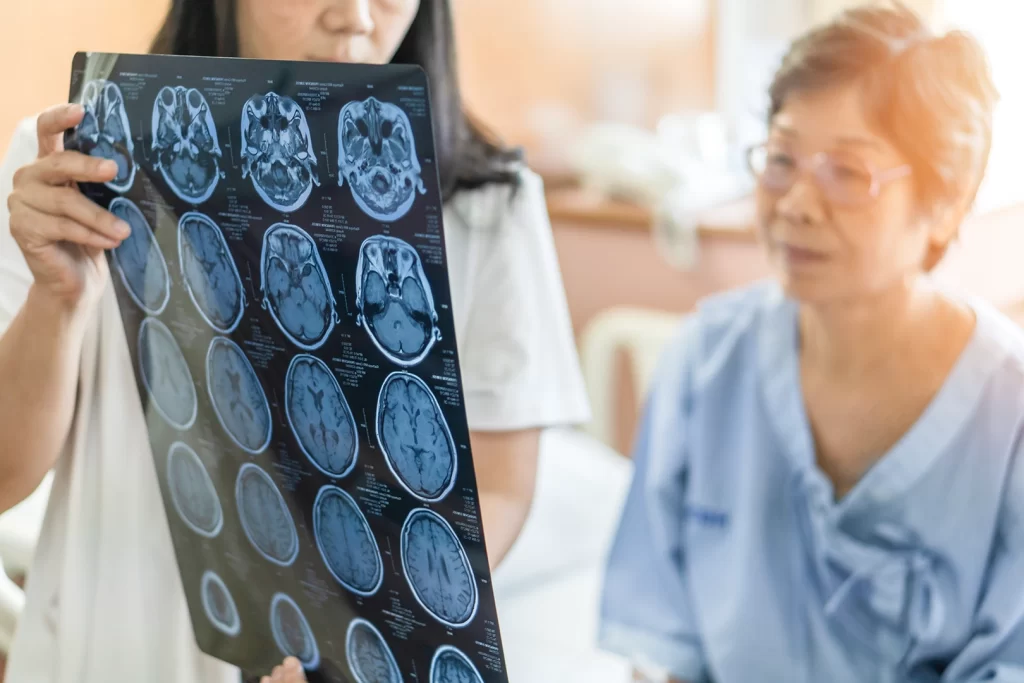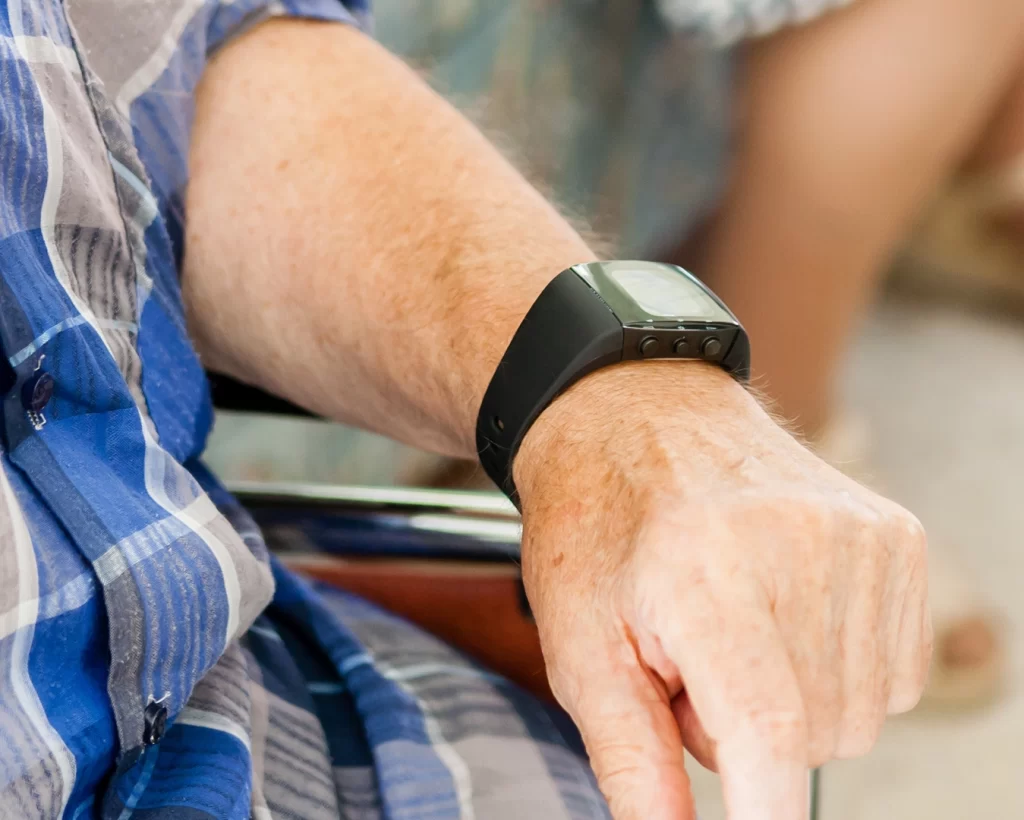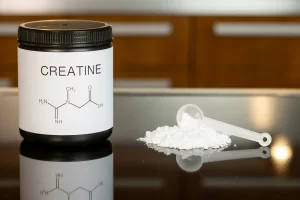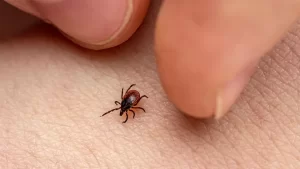Stroke, a leading cause of death and long-term disability worldwide, is characterized by a sudden interruption of blood flow to the brain, resulting in damage to brain tissue.
Stroke prevalence is on the rise, with more than 795,000 people in the United States having a stroke each year, and approximately 610,000 of these are new or first-time strokes.
About 185,000 strokes — nearly 1 in 4 — are in individuals who have had a previous stroke. The risk of stroke varies with race, ethnicity, and age, with the risk being nearly twice as high for non-Hispanic Black adults as for White adults1.
The epidemiology of strokes: Hemorrhagic vs. Ischemic
There are two primary types of strokes: hemorrhagic and ischemic. Hemorrhagic strokes occur when a blood vessel in the brain ruptures, causing blood to leak into the brain. Ischemic strokes, which account for about 87% of all strokes, occur when blood flow to the brain is blocked, typically by a blood clot1.
Global projections indicate an increase in the age-standardized incidence rate of ischemic stroke to 89.32 per 100,000 population by 2030, with the rate being higher among women than men2.

The consequences of strokes
The consequences of stroke are profound and multifaceted, ranging from death to debilitation.
Every 3 minutes and 14 seconds, someone in the United States dies of a stroke, making it a leading cause of mortality.
In terms of disability, stroke reduces mobility in more than half of stroke survivors aged 65 and older, making it a leading cause of serious long-term disability.
The financial burden is also substantial, with stroke-related costs in the United States totaling nearly $56.5 billion between 2018 and 20191.
Prevention of stroke
Stroke prevention is centered around managing medical conditions and adopting healthier lifestyle habits.
High blood pressure, high cholesterol, smoking, obesity, and diabetes are leading causes of stroke, with one in three U.S. adults having at least one of these conditions or habits.
Thus, medical management of these conditions, including medication adherence and regular check-ups, is crucial to reduce stroke risk.
Lifestyle interventions, such as maintaining a healthy weight, eating a balanced diet, staying physically active, and refraining from smoking, are also key to stroke prevention1.
Stroke recovery and rehabilitation
Recovery from a stroke is a long and often challenging process involving both medical and lifestyle management. The most critical driver of functional recovery post-stroke is neural reorganization.
Novel strategies for neurorehabilitation aim to promote this recovery of function through a better understanding of the mechanisms enabling plasticity and recovery.
Neuroimaging and non-invasive brain stimulation techniques are currently being used to understand how brain plasticity can be modulated to promote the reorganization of neural networks.
Furthermore, neurotechnology-based treatment strategies allow for patient-tailored interventions to achieve enhanced treatment responses1.
It’s important to note that the recovery process after a stroke is often divided into phases: the first 24 hours are deemed as the hyperacute phase, the first seven days as the acute phase, the first three months as the early subacute phase, months four to six as the late subacute phase, and from six months onward as the chronic phase.
These designations are used because recovery-related processes post-stroke are time-dependent. The most significant improvements often occur in the first few weeks post-stroke, often reaching a relative plateau after three months with less significant recovery subsequently.
After six months, spontaneous recovery is usually at its limit, leading to a more or less stable, i.e., chronic deficit. Nevertheless, with training or other interventions, improvements of some stroke-induced deficits can even be achieved in the chronic phase, primarily for more cognitive domains like language1.
It’s also crucial to recognize that recovery profiles greatly vary between subjects, with some patients recovering faster and better than others. Therefore, instead of using labels like ‘subacute’ or ‘chronic’ that are often implicitly used to indicate a particular potential for improvement, providing absolute numbers on time from stroke onset, e.g., weeks, besides further information about the level of impairment and stroke location, seems to be better suited to acknowledge the complex, non-linear nature of stroke recovery1.
Rehabilitation is not merely an afterthought in the treatment of stroke, but a crucial component of the patient’s journey to recovery. It is an integrated process that aims to restore or compensate for the loss of physical, cognitive, and emotional functions caused by stroke. The ultimate goal is to enhance the stroke survivor’s quality of life, maximizing their independence, and aiding them in returning to their usual activities to the best of their ability.
Data on the effect of rehabilitation following stroke paints a clear picture of its importance. A systematic review published in the Journal of the American Heart Association in 2016 suggested that post-stroke rehabilitation significantly improves functional recovery and reduces disability. Patients who undergo comprehensive rehabilitation programs show better functional outcomes, more significant improvements in mobility, and higher rates of return to their homes and community life.
However, the effectiveness of rehabilitation does not rely solely on the nature of the interventions. The timing of initiation, intensity, duration, and individualization of therapy also significantly influence the outcomes. Early rehabilitation, initiated within 24 hours after stroke, has been associated with improved functional outcomes and reduced complications.
Looking to the future, technology is set to play a pivotal role in enhancing the effectiveness and reach of stroke rehabilitation. With the rise of telemedicine, remote rehabilitation services have become more accessible, allowing patients to receive therapy in the comfort of their own homes.
This is especially valuable in situations like the COVID-19 pandemic, where healthcare access may be restricted.
In addition, various digital health technologies are being developed and refined to support stroke rehabilitation. Virtual reality (VR) and augmented reality (AR) technologies, for example, provide immersive and interactive environments for patients to practice and relearn skills. Recent studies have shown promising results in using VR and AR for improving upper limb function and gait training.
Robot-assisted therapy is another promising avenue. Robotic devices can provide high-intensity, repetitive, task-specific exercises, which are key elements in neurorehabilitation. Moreover, they can deliver therapy with precision and consistency, reducing the physical burden on therapists.
Finally, wearable technology and mobile health (mHealth) apps are becoming integral parts of personalized and continuous care. Wearable devices can monitor patients’ physical activities and vital signs in real-time, providing valuable data for individualizing therapy plans. mHealth apps, on the other hand, can provide education, self-management strategies, and real-time feedback, empowering patients to take an active role in their recovery process.

Conclusion
In conclusion, understanding stroke – its symptoms, treatment, and rehabilitation – is vital for everyone. Stroke is a serious health condition that can profoundly impact an individual’s life, but with timely recognition and appropriate intervention, its devastating effects can be mitigated.
Knowledge of stroke symptoms can expedite the initiation of life-saving treatments, while familiarity with the rehabilitation process can offer hope and direction during recovery.
As we move forward, we anticipate continued advancements in stroke treatment and rehabilitation, particularly with the integration of technology, enhancing the prospects of recovery for stroke survivors.
Therefore, let’s stay informed, be proactive, and spread awareness, because when it comes to stroke, every second, every action, and every bit of knowledge counts.



